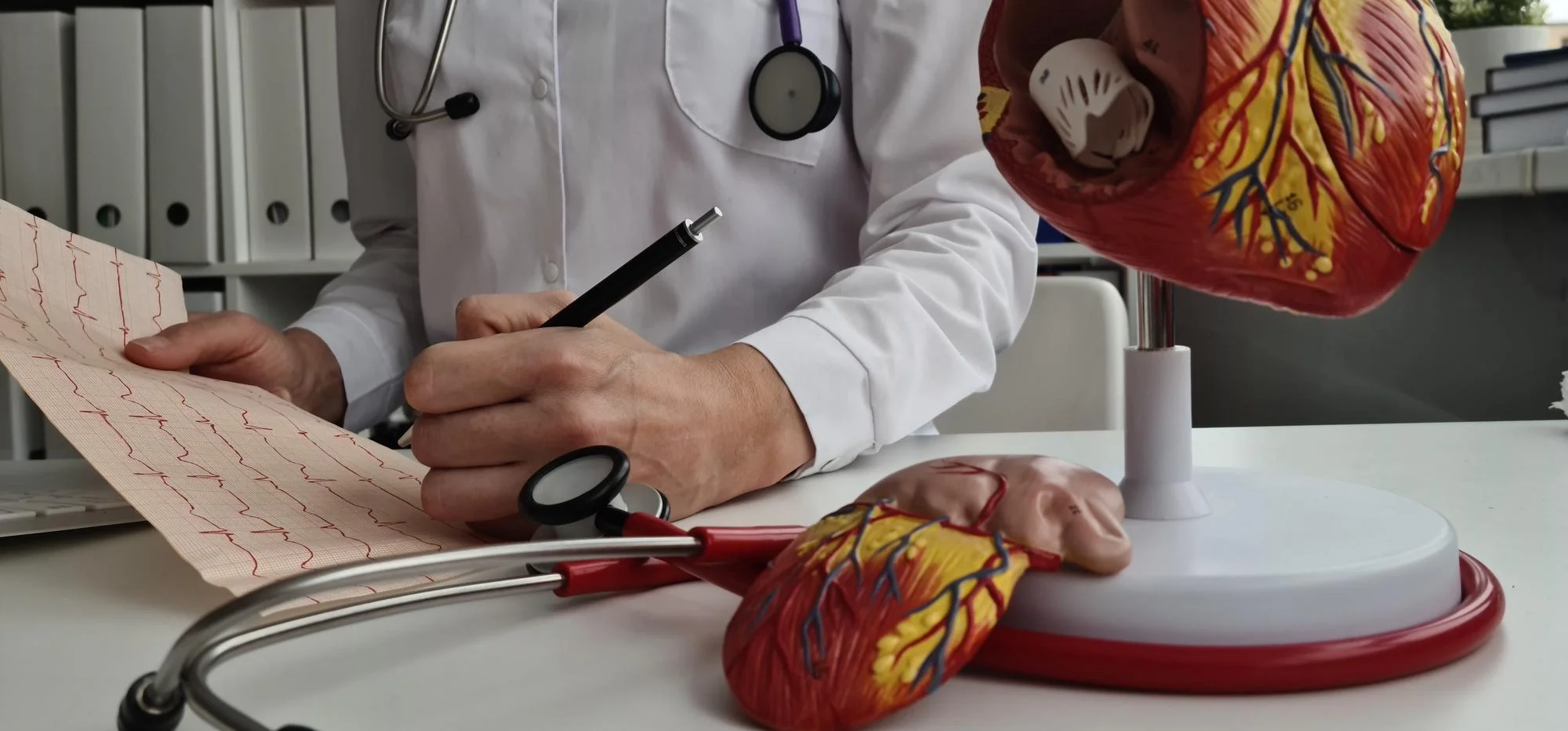As the world continues to grapple with the long-term impacts of the COVID-19 pandemic, a recent publication in The American Journal of Cardiology (Am J Cardiol, January 2024) presents critical insights into one particular area of healthcare that saw significant disruption: the evaluation of coronary artery disease (CAD) through noninvasive testing. The paper, authored by Villines et al., details findings from the INCAPS-COVID 2 Study, showcasing how the pandemic exacerbated existing disparities in the adoption of traditional and advanced cardiac diagnostic tests across different economic strata globally.
DOI (Digital Object Identifier): 10.1016/j.amjcard.2023.12.048
The study cited as S0002-9149(24)00004-3 involved an extensive survey by the International Atomic Energy Agency which assessed the pandemic-related changes in cardiovascular diagnostics practice. Data were gathered from 669 centers in 107 countries to understand the procedural volumes for noninvasive tests for CAD evaluation during three critical time points: pre-pandemic (March 2019), the onset of the pandemic (April 2020), and initial recovery (April 2021).
According to the findings, traditional testing modalities such as exercise electrocardiography, stress echocardiography, and stress single-photon emission computed tomography (SPECT) saw a 14% decrease in volumes in 2021 compared to 2019 (recovery rate at 82%). In sharp contrast, advanced testing modalities—including stress cardiac magnetic resonance (CMR), coronary computed tomography angiography (CCTA), and stress positron emission tomography (PET)—experienced significant volume increases of 14%, 25%, and 25% respectively, from 2019 to 2021.
The disparities become starkly apparent when the study breaks down recovery rates by income status. High- and upper middle-income countries marked a 132% recovery rate in advanced testing by 2021, whereas lower-income nations only managed a 55% recovery. This trend underscores a growing chasm between wealthy and poorer countries in the adoption and growth of advanced imaging technologies for CAD.
The American journal article raises pressing questions about health equity and the need for efforts to minimize the variation in CAD testing practices driven by economic disparity. Given that CAD remains a leading cause of mortality worldwide, these findings signal an urgent call for a more equitable distribution of healthcare resources and technological advancements.
Dr. Todd C. Villines, one of the lead authors from the University of Virginia Health System, highlights the broader implications of the study. “Our findings from the INCAPS-COVID 2 Study are a wake-up call to the global health community,” states Dr. Villines. “The disparity in recovery rates we’ve observed illuminates the broader issue of health inequality, exacerbated by the economic fallout of the pandemic. It’s clear that more sustainable and universally accessible cardiac care solutions are required.”
Other esteemed researchers and cardiologists, including Dr. Michelle C. Williams from the Centre for Cardiovascular Science at the University of Edinburgh and Dr. Sharmila Dorbala from Brigham and Women’s Hospital in Boston, contributed to the research, providing a comprehensive overview of the current state of noninvasive CAD testing across the globe.
While the study emphasizes the need for immediate attention to these disparities, it also serves as a testament to the resilience and adaptability of healthcare systems under stress. The remarkable recovery rates in advanced cardiac testing, while currently isolated to wealthier countries, set a precedent for what can be achieved with adequate funding, training, and resource allocation.
The study’s revelations contribute to an ongoing conversation about healthcare equity, particularly in the context of life-threatening diseases such as CAD. The pandemic has accelerated the adoption of advanced medical technologies in high-income regions, yet the lack of equivalent growth in lower-income countries adds to an already pressing global health challenge.
Keywords
1. Noninvasive Cardiac Testing
2. Health Disparities
3. Coronary Artery Disease
4. Advanced Imaging Modalities
5. COVID-19 Impact on Healthcare
References
1. Villines, T.C. et al. (2024) ‘Disparities in Noninvasive Traditional and Advanced Testing for Coronary Artery Disease: Findings from the INCAPS-COVID 2 Study’, The American Journal of Cardiology, [Online]. Available at: https://doi.org/10.1016/j.amjcard.2023.12.048
2. World Health Organization. (2020). ‘COVID-19 significantly impacts health services for noncommunicable diseases’. [Online]. Available at: https://www.who.int/news/item/01-06-2020-covid-19-significantly-impacts-health-services-for-noncommunicable-diseases
3. Rodriguez-Lozano, P. et al. (2021). ‘Cardiovascular testing and clinical outcomes during the COVID-19 pandemic’, Journal of the American College of Cardiology, [Online]. Available at: https://www.sciencedirect.com/science/article/pii/S0735109720353464
4. Shaw, L.J. et al. (2020). ‘Impact of the COVID-19 pandemic on stress testing practices in the United States’, JAMA Cardiology, [Online]. Available at: https://jamanetwork.com/journals/jamacardiology/fullarticle/2768913
5. Karthikeyan, G. et al. (2023). ‘Access to advanced cardiovascular imaging in low-income and middle-income countries: a call for action’, Lancet Global Health, [Online]. Available at: https://www.thelancet.com/journals/langlo/article/PIIS2214-109X(22)00450-X/fulltext
The INCAPS-COVID 2 Study’s comprehensive analysis and subsequent revelations set a precedent for future global health initiatives and underline the critical need to address health disparities that have been magnified by the COVID-19 pandemic. It is a call for a more equitable healthcare future—one that prides itself on inclusivity and the universal right to advanced medical care.
